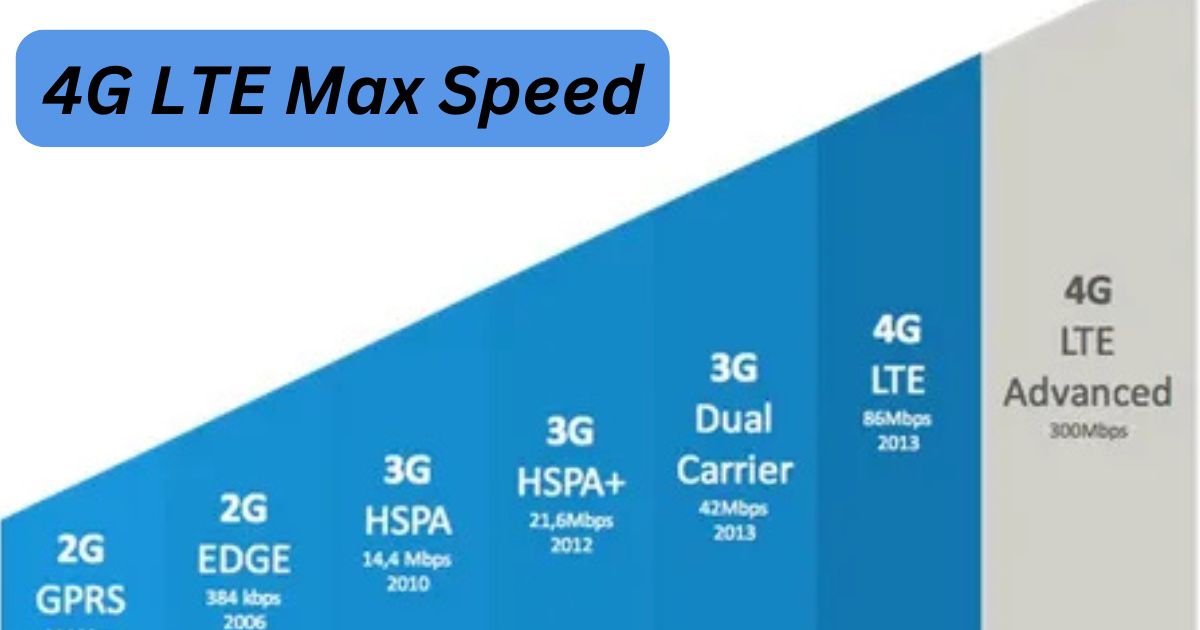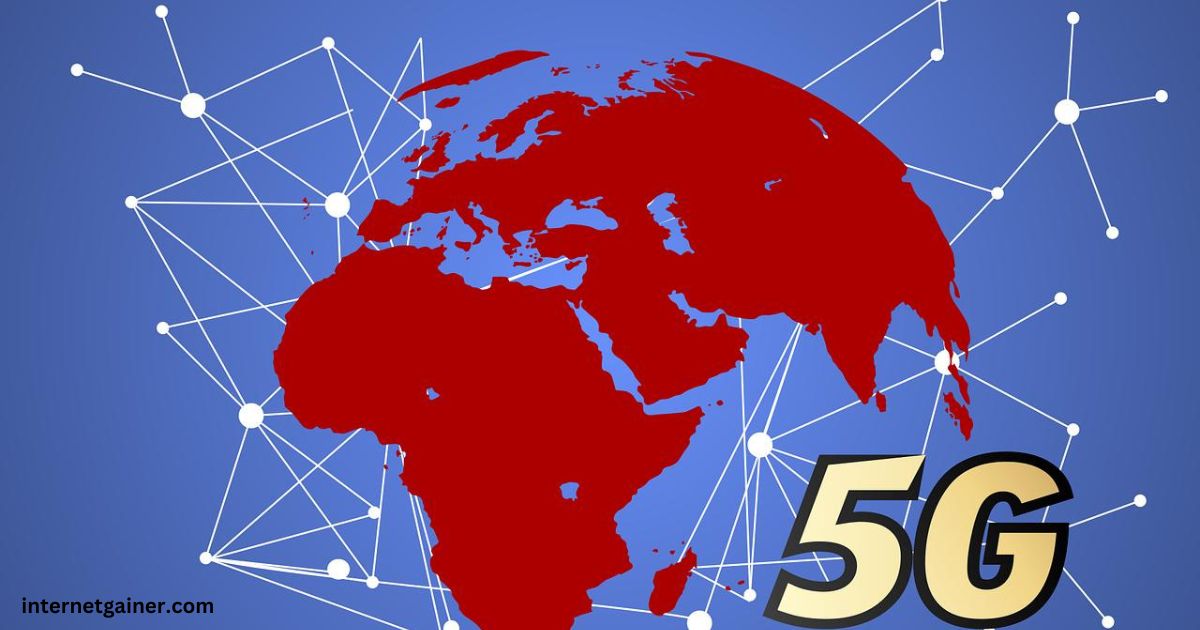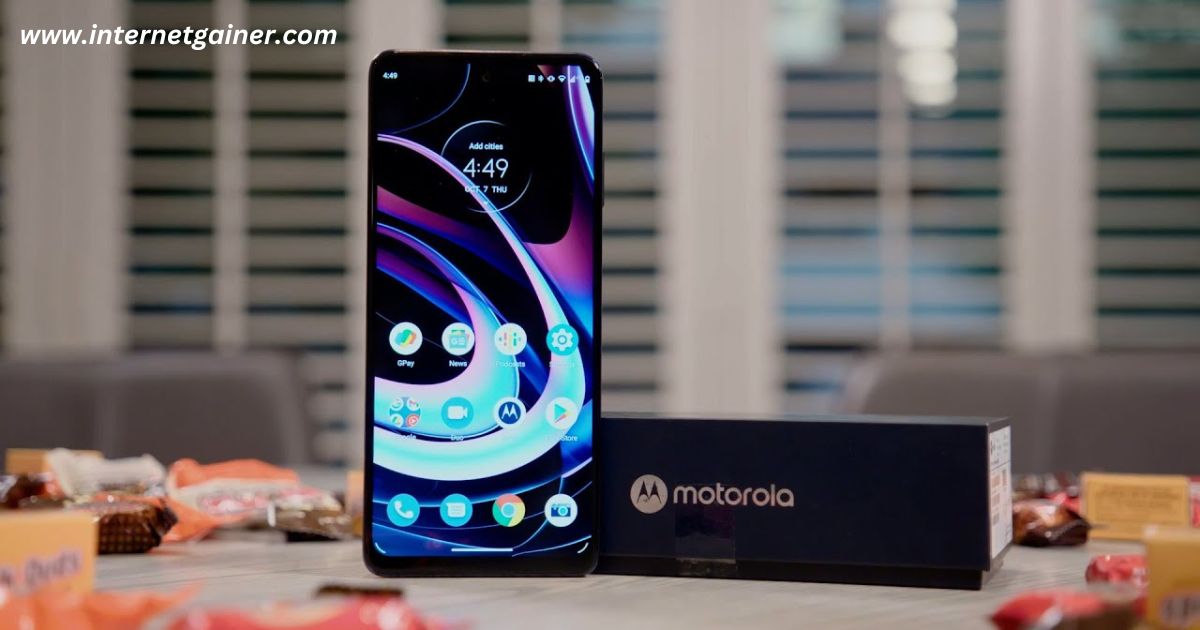The advent of 4G LTE (Fourth Generation Long-Term Evolution) technology revolutionized mobile connectivity by delivering high-speed internet access to millions worldwide.
As one of the most significant advancements in wireless communication, 4G LTE became the cornerstone for modern applications such as video streaming, mobile gaming, and real-time navigation. Understanding the maximum speed capabilities of 4G LTE provides valuable insights into its impact and future evolution.
What is 4G LTE?
4G LTE is an advanced mobile communication standard that provides faster internet speeds, reduced latency, and a seamless user experience.
Unlike its predecessor, 3G, which struggled to support high-bandwidth activities, 4G LTE uses improved transmission techniques like Orthogonal Frequency Division Multiplexing (OFDM) and advanced antenna technologies to ensure higher data rates and better reliability.
Key Features of 4G LTE:
- Enhanced Speed: Higher download and upload speeds.
- Lower Latency: Reduced lag in network communication.
- Scalability: Capable of supporting a large number of devices simultaneously.
What is the maximum speed of 4G LTE?
Theoretical maximum speeds of 4G LTE can reach:
- Download Speeds: Up to 300 Mbps (Megabits per second)
- Upload Speeds: Up to 75 Mbps
These speeds, however, represent ideal conditions—often achieved in laboratory environments or highly optimized settings.
Real-World Speeds
In practical scenarios, 4G LTE speeds vary significantly based on network congestion, signal strength, and the device’s compatibility. Globally, real-world 4G LTE download speeds range from 20 Mbps to 50 Mbps, while upload speeds are typically between 10 Mbps to 20 Mbps.
| Parameter | Theoretical Speed | Real-World Speed |
|---|---|---|
| Download Speed (Mbps) | Up to 300 | 20–50 |
| Upload Speed (Mbps) | Up to 75 | 10–20 |
| Latency (Milliseconds) | Below 50 ms | 20–50 ms |
What Factors Affect 4G LTE Speeds?
- Network Congestion: The more devices connected to a single tower, the slower the speeds for each user.
- Signal Strength: Proximity to cell towers and physical obstacles like buildings and mountains can weaken signals.
- Device Capability: Older devices may lack the hardware to support higher 4G LTE speeds.
- Carrier Technology: Advanced features like carrier aggregation (combining multiple frequency bands) improve speed but aren’t universally implemented.
- Environmental Interference: Weather conditions and electromagnetic interference can degrade signal quality.
Applications of 4G LTE at Maximum Speeds
The high-speed capabilities of 4G LTE have unlocked numerous possibilities:
- Streaming Services: Seamless streaming of 4K Ultra HD videos without buffering.
- Gaming: Low-latency connections enhance real-time multiplayer gaming.
- Remote Work: High-speed internet enables efficient video conferencing and cloud-based applications.
- IoT Devices: Smart home and wearable technologies thrive on stable and fast 4G LTE connections.
4G LTE vs. 5G: How Do They Compare?
With the rollout of 5G, questions about 4G LTE’s relevance have emerged. While 5G offers significantly higher speeds (up to 10 Gbps) and near-zero latency, 4G LTE continues to serve as a reliable and widely available technology. For many users, 4G LTE remains sufficient for everyday tasks, especially in areas where 5G infrastructure is still developing.
| Feature | 4G LTE | 5G |
|---|---|---|
| Maximum Download Speed | Up to 300 Mbps | Up to 10 Gbps |
| Latency | 20–50 ms | 1–10 ms |
| Coverage | Extensive | Limited (still growing) |
Future of 4G LTE
Despite the rise of 5G, 4G LTE is far from obsolete. Telecom providers continue to invest in optimizing 4G LTE networks, particularly in rural and underserved areas. Moreover, the integration of technologies like LTE-Advanced and LTE-Advanced Pro has further extended the lifespan of 4G LTE by enhancing its capabilities.
Conclusion
4G LTE’s maximum speed capabilities demonstrate the significant strides made in mobile connectivity. While theoretical limits showcase its potential, real-world applications depend on various dynamic factors.
As 5G networks expand, 4G LTE will remain a crucial pillar of global communication, bridging the gap for millions until the next generation becomes universally accessible. For more 5g Internet information check the internetgainer.



